Gmail’s New Subscription and Promotions Features: Impact on Publishers
Last updated: September 25, 2025
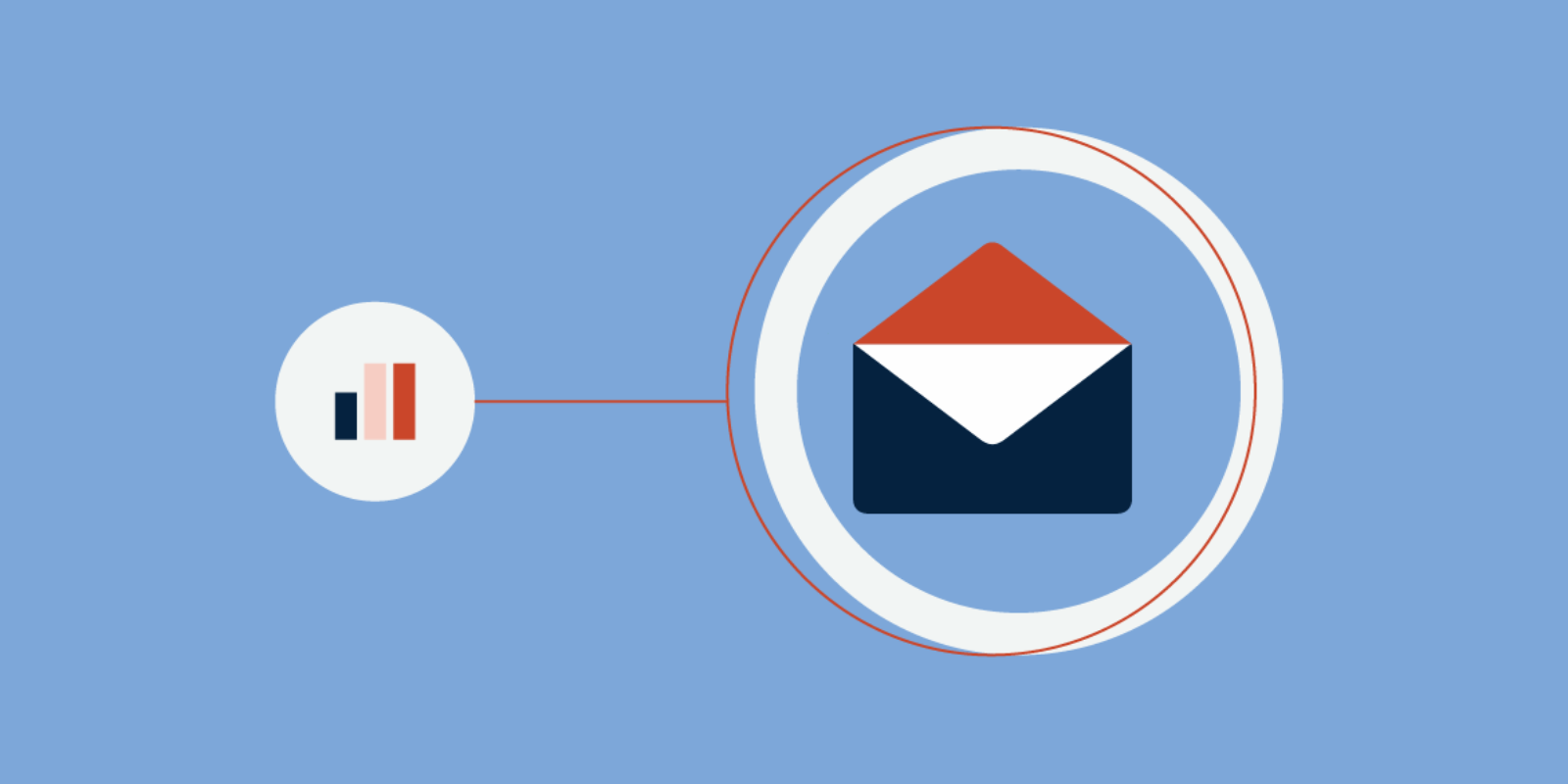
Google quietly introduced two Gmail updates this summer that change how subscribers see and interact with your emails. While the updates are positioned as user-friendly features, they carry direct implications for publishers and audience teams.
The bottom line: Gmail is adding new layers of visibility and filtering. It reinforces a larger theme we’ve been talking about for a long time: You don’t own the inbox experience. Google does. If your strategy leans too heavily on volume, you’re at risk. If you’re focused on relevance and trust, these changes could work in your favor.
Change #1: Manage Subscriptions
What changed:
Starting in July, Gmail began rolling out a new Manage Subscriptions feature. Users can now view all of their active email subscriptions in one place—sorted by the most frequent senders. With one click, they can unsubscribe. No more scrolling to the footer or confirming through multiple steps.
What it means for publishers:
- High-frequency senders stand out. If you’re sending multiple daily newsletters or layering on frequent promotions, Gmail now makes it easy for subscribers to see—and reduce—the volume.
- Quality-focused senders benefit. If your emails consistently deliver value, subscribers are more likely to keep you in their “must-have” list when cleaning house.
This change creates a new layer of accountability. It’s worth asking: Would your subscribers miss your emails if they disappeared tomorrow?
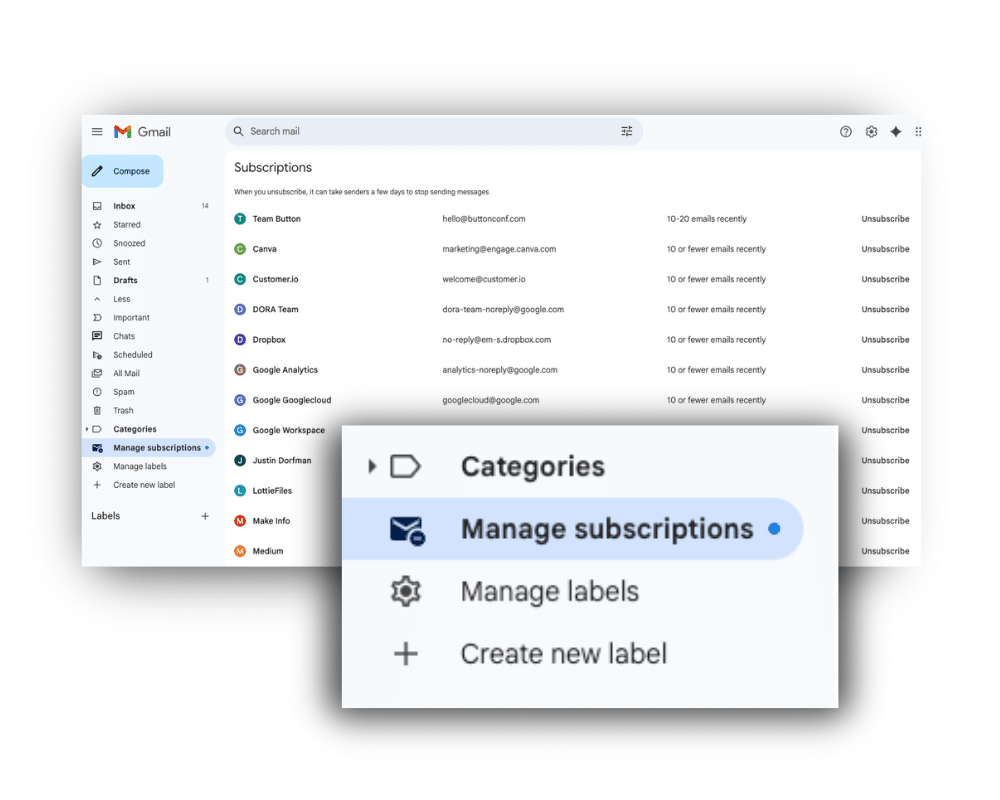
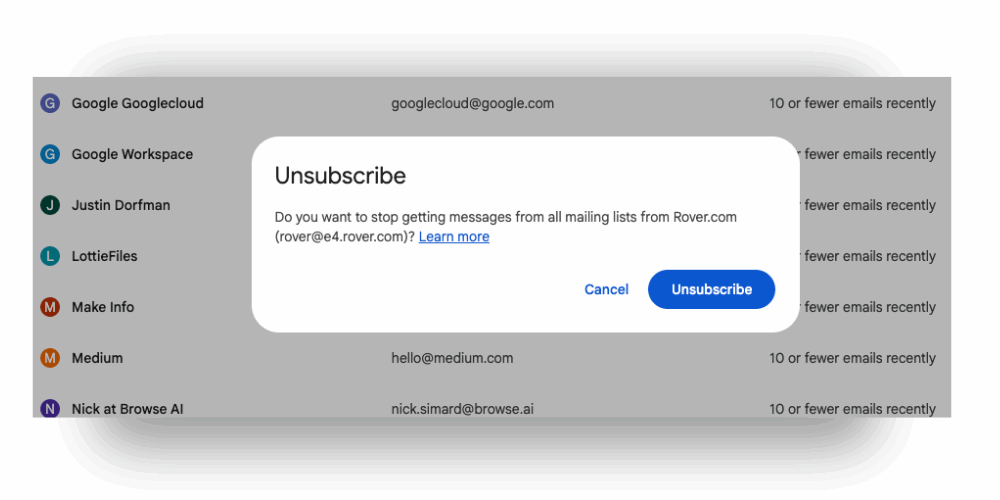
Change #2: Promotions Tab Sorted by Relevance
What changed:
In September, Gmail announced a shift in how the Promotions tab is organized. Instead of showing emails in chronological order, Gmail now sorts by “most relevant.” The algorithm prioritizes messages from brands and senders users engage with most, while also surfacing “timely offers” with nudges.
What it means for publishers:
- Landing in Primary is still critical. But even within Promotions, visibility now depends on engagement. Low-engagement senders risk being buried under Gmail’s definition of relevance.
- Expect more algorithmic filtering ahead. If Gmail is willing to rank Promotions by engagement, it’s reasonable to wonder whether Primary could follow. Sponsored placements already exist at the top of inboxes. Publishers should prepare for a future where inbox hierarchy becomes increasingly pay-to-play.
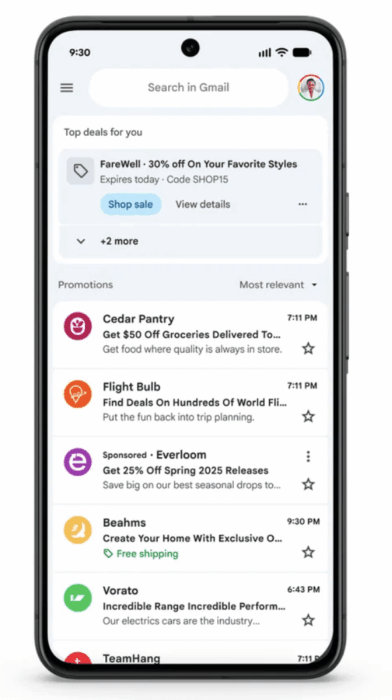
With Gmail’s scale, these changes signal a bigger industry trend: inboxes will continue moving toward algorithm-driven curation.
What This Means for Publishers and Media Operators
Email remains your most direct distribution channel. But Gmail’s updates highlight the limits of control: you own your list, not the inbox experience.
Here’s how to adapt:
- Prioritize quality over volume. Respect frequency caps and make each send worth opening.
- Focus on engagement signals. Opens, clicks, replies, and subscriber-level interactions all feed Gmail’s relevance algorithm.
- Lean on first-party data. The more you know about your audience, the easier it is to deliver targeted, valued content that survives algorithmic filtering.
These updates raise the bar. Quality, relevance, and subscriber trust aren’t optional—they’re the foundation for inbox visibility going forward.
How Omeda Helps
Audience Insights and Omeda’s marketing automation tools give you a single view of engagement across email, web, and subscriptions. That unified data makes it easier to:
- Monitor engagement and unsubscribe trends.
- Optimize send frequency and timing.
- Segment audiences based on behavior and interest.
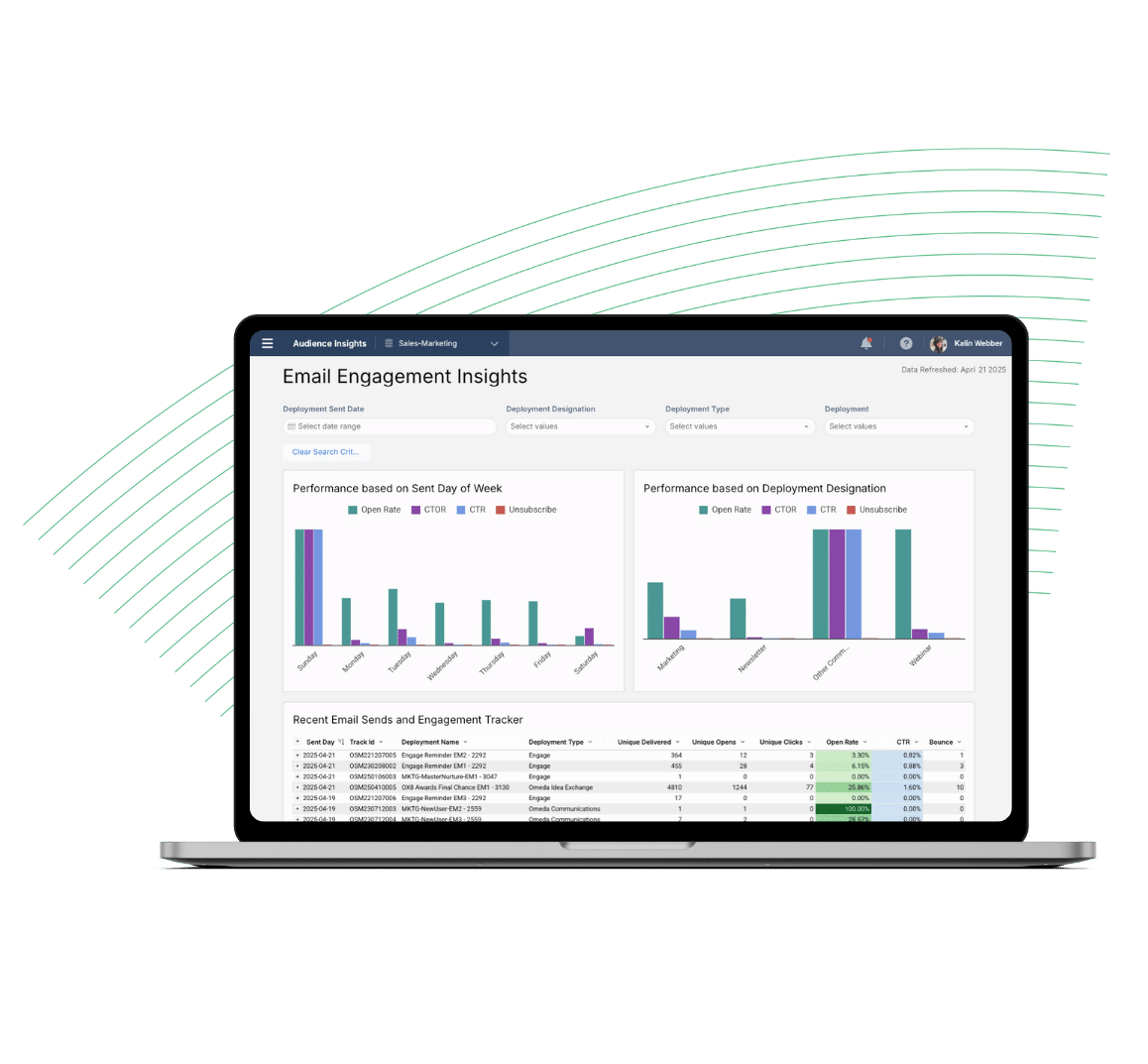
Want to see how these Gmail changes affect your specific email programs? If you’re an Omeda client, talk to your CSM. If you’re not, fill out this form to talk to one of our experts.
Subscribe to our newsletter
Sign up to get our latest articles sent directly to your inbox.